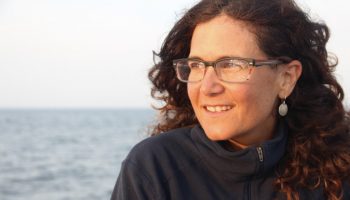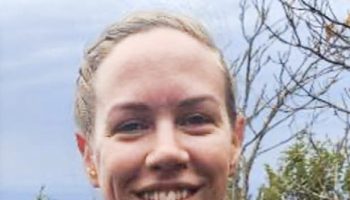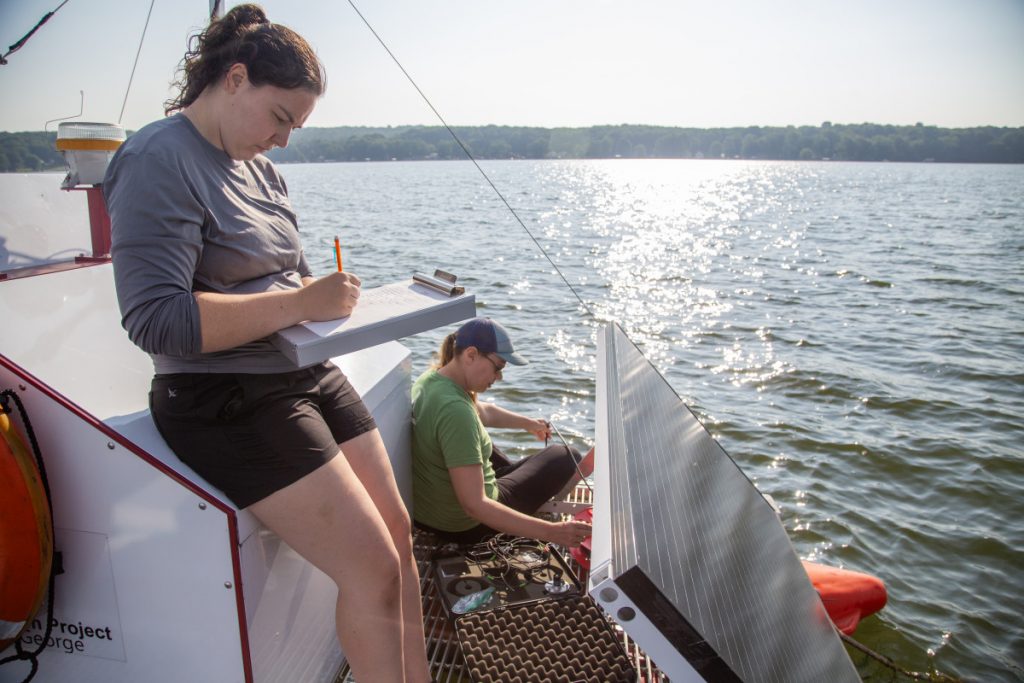
Photos & Words by Tallulah Brown Van Zee
As The Jefferson Project enters its fifth year at Chautauqua Lake, its researchers are collecting more data than they have ever before. This research initiative, beginning at Lake George and taking its success to Chautauqua in 2020, is focused on collecting data and improving water quality on Chautauqua Lake.
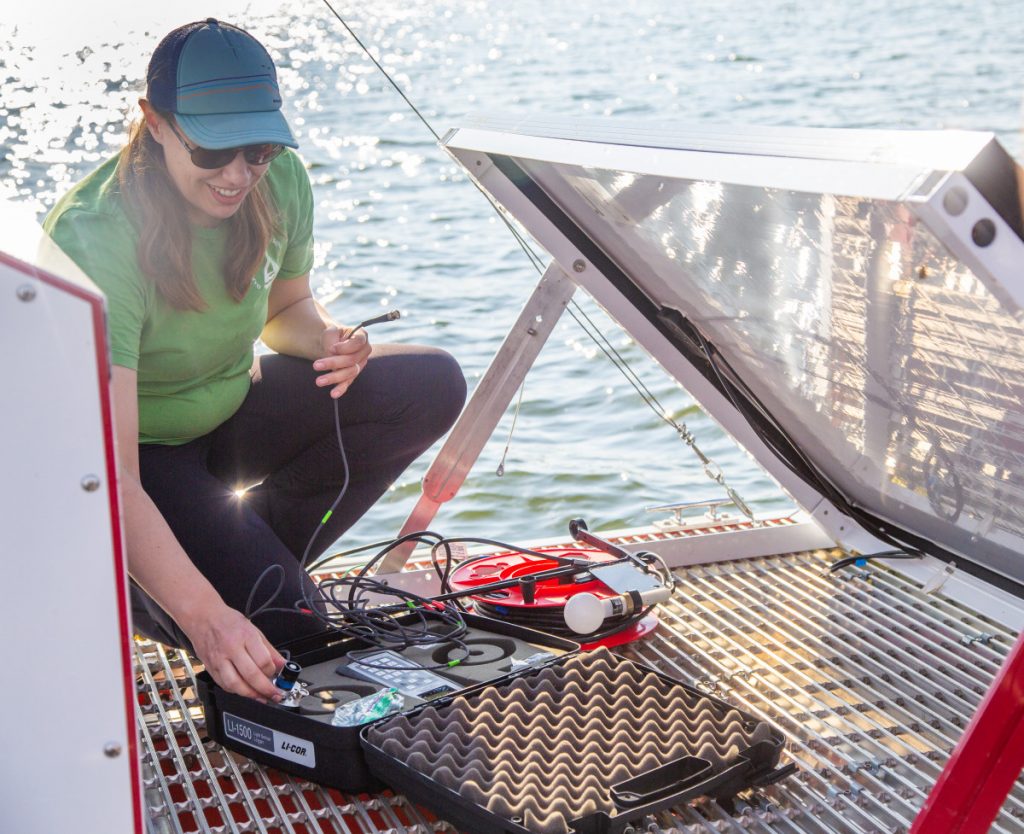
Allison Hyrcik, senior research scientist on the Chautauqua Lake team, guides two other researchers around the lake to collect samples and perform extensive research in the lab. With their findings on samples of organisms such as zooplankton and phytoplankton, Hyrcik and her team can make recommendations to a team of diverse stakeholders on how they can approach the issue of a lake with a warming temperature, excessive nutrients and harmful algal blooms.
Kevin Rose, director of The Jefferson Project, said that after the recommendations have been made, the hope is that the work will help optimize the management of Chautauqua Lake.
“That’s ultimately our goal — to move beyond just data collection to insight and then action,” said Rose.
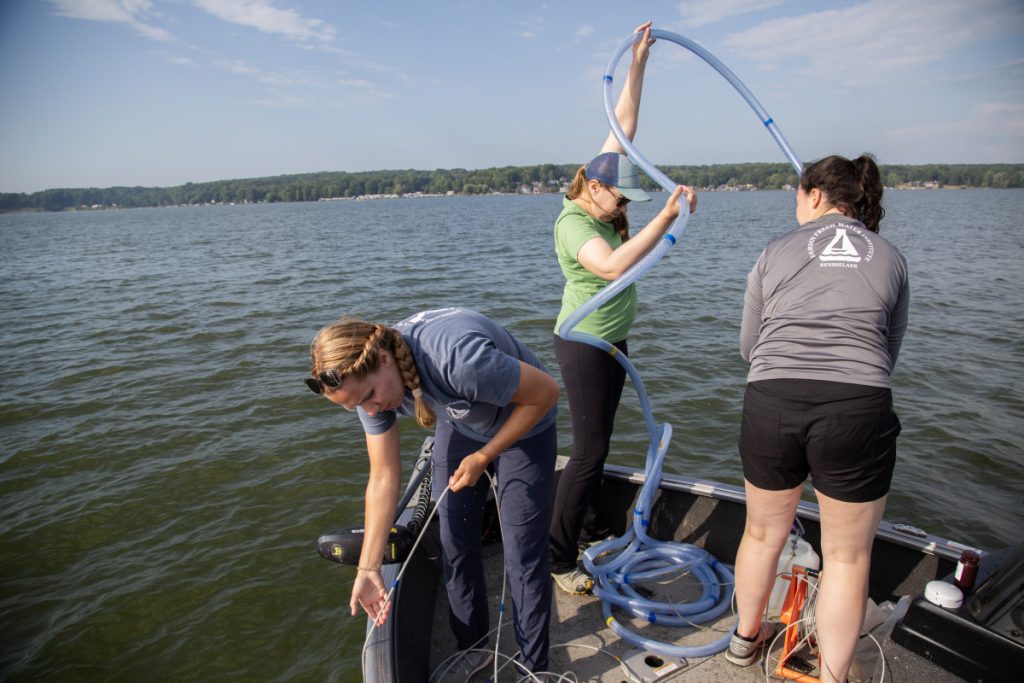
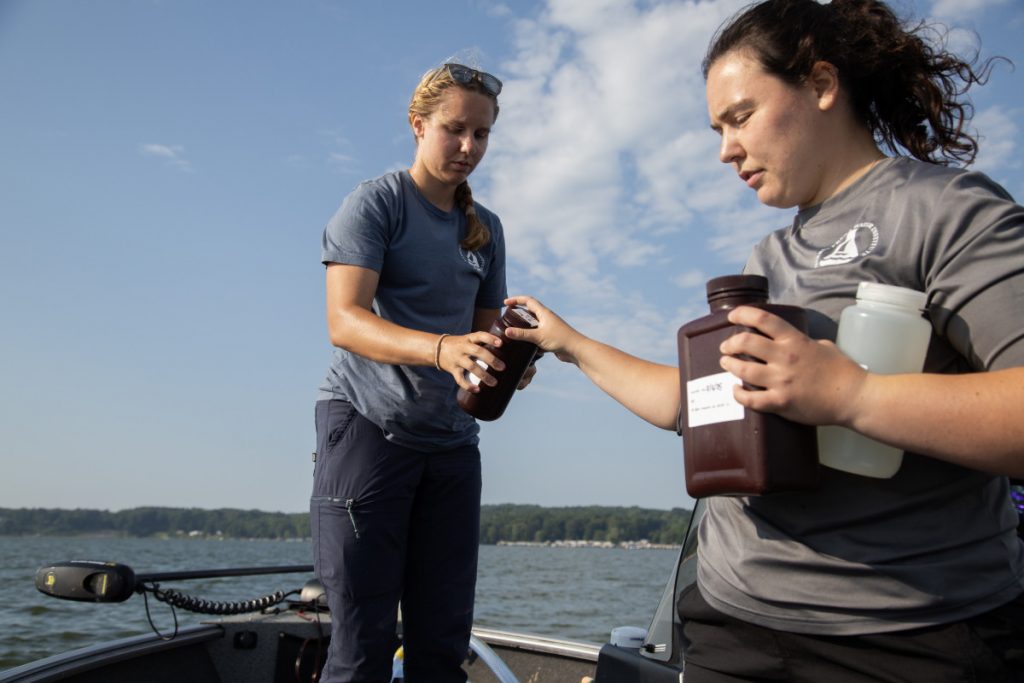
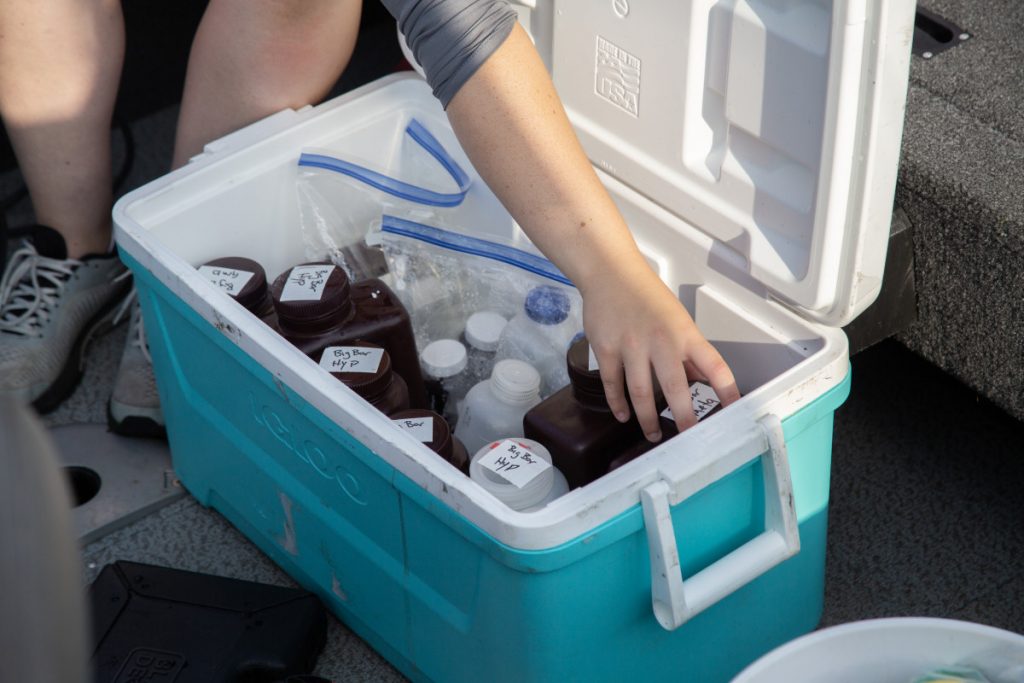
This year, Hyrcik and her team have found that harmful algal blooms are sprouting in the south basin of the lake as well as the north basin. Because the north basin and the south basin have such different landscapes, her team has been hard at work this summer to find the reason for the increased phosphorus levels.
As data floods in, the team of researchers at The Jefferson Project works with their stakeholders, such as those at the New York State Department of Environmental Conservation, Chautauqua Watershed Conservancy and private landowners, to find ways to reduce excessive nutrients in the lake. As The Jefferson Project finds more success over the years, they plan to use this data-informed model in other lakes around the United States.


